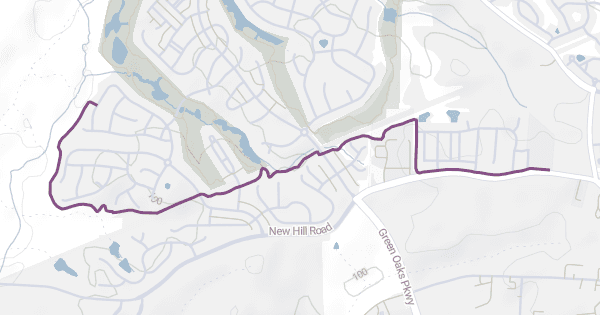Northern Lights Spark Visible Aurora Over Wake County Skies
On November 11 a pair of coronal mass ejections sent charged particles toward Earth and produced aurora activity visible across parts of North Carolina, including the Triangle. The rare sight drew widespread photos and attention, and it highlights both the wonder of space weather and the local public health and infrastructure vulnerabilities when geomagnetic storms occur.

On the night of November 11 residents across Wake County and the greater Triangle reported colorful skies as aurora activity extended farther south than is typical. Meteorologists attributed the display to a pair of coronal mass ejections that propelled charged particles into Earths upper atmosphere, and under favorable geomagnetic conditions the particles excited atmospheric gases and produced visible auroras.
WRAL meteorologist Chris Michaels explained that strong solar activity sent charged particles toward Earth, and that when geomagnetic conditions become favorable aurora can reach latitudes well beyond their usual range. Viewers across the Triangle and beyond submitted photographs of the green and pink bands, and social media feeds showed people gathering in parks and on neighborhood streets to watch the show.
Visibility for the event varied across Wake County because of cloud cover and light pollution. Urban areas with bright night lighting had fewer clear views than more rural or suburban neighborhoods. Meteorologists advised that those factors affect whether the aurora can be seen, and they encouraged residents to share photos of the phenomenon.
Beyond the spectacle, geomagnetic storms can have practical implications for public health and community services. Strong solar storms are known to interfere with satellite communications, GPS systems, and certain types of radio transmission, and they can induce currents that stress electrical grids. While no widespread outages were reported in Wake County from this particular event, the occurrence serves as a reminder that hospitals, emergency responders, and utilities depend on reliable electricity and communications. Facilities that serve older adults, people with chronic illness, and other vulnerable populations are particularly sensitive to interruptions.
The episode also raises questions about preparedness and equity. Residents in lower income neighborhoods may have fewer backup options during outages, and communities with older infrastructure may be at higher risk when space weather affects power systems. Similarly, access to public green spaces and safe viewing areas is uneven across the county, shaping who can participate in community moments like the aurora sighting.
Local health and emergency planners say it is important to consider space weather in resilience planning, including maintaining generator capacity at critical care sites, ensuring redundant communication options, and prioritizing support for at risk communities. For many residents the event was an opportunity for wonder and connection, as neighbors shared images and delighted in an unexpected natural display. For officials and planners it was a timely reminder to factor solar storms into broader strategies for infrastructure resilience and equitable emergency preparedness.


